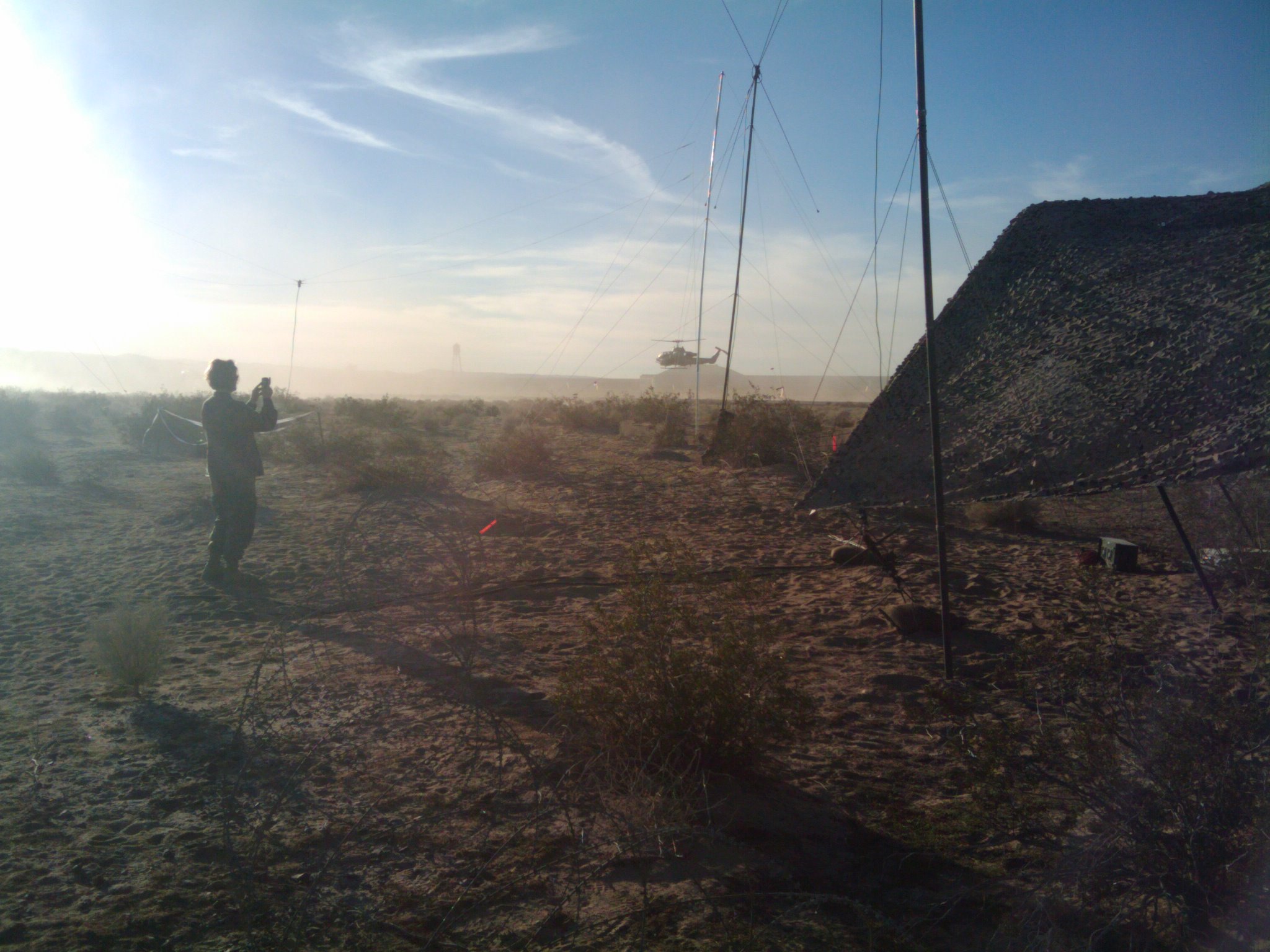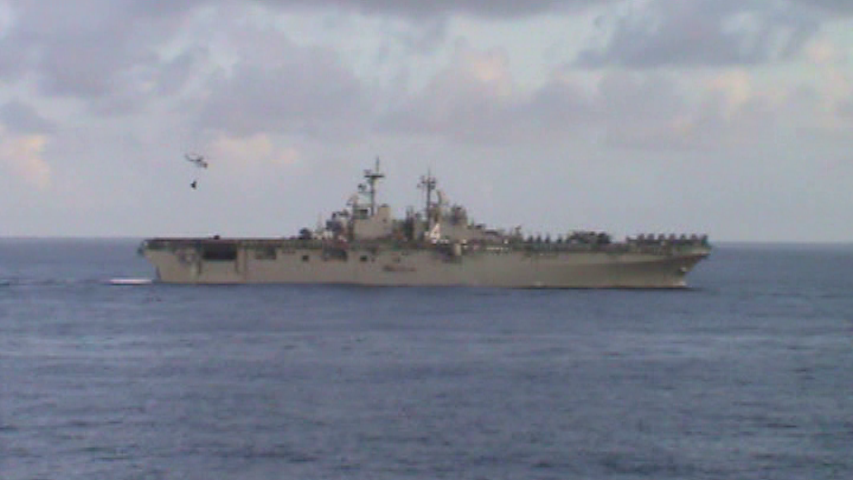
When most people think of the Marine Corps, meteorologists don’t tend to come to mind, but we do exist. Before attending UMass Lowell, I spent 10 years on active duty with 5 of them being a meteorologist. Military forecasters from all branches, the Marine Corps, Navy and Air Force, serve vital roles in military operations and errors can make things end very poorly. A prime example of this was the operation planning for the invasion of Tarawa during WWII. The forecasters got the tides incorrect and the landing craft ended up becoming stuck on the coral reefs under enemy fire causing unnecessary casualties. Today with better technology, higher resolution models and more data, forecasts have increased in accuracy, but the complexity of military operations have also increased.
While I was deployed with the 13th MEU, I was attached to the command element aiding the commanders in mission planning. No, I didn’t have any grand beach landings to aid in, but we did many exercises and some real operations that needed perfect weather conditions to be completed. I was responsible for helping to plan 2 beach landings, with attached aviation support, numerous on call aviation operations and daily forecasts for the ships and units for our movement.

Accuracy was always vital, down to getting the dew point right to the degree. The reason even the dew point was so vital, was that with modern laser optics, humidity, as well as particulate matter can wreak havoc on equipment accuracy. Almost nightly we had operations and I would have to prepare specialized forecasts specifically for laser optics that not only showed efficacy of the laser targeting optics but also the range to minimize risk to the pilots.
While I can’t say that I was always 100% accurate, I once missed a precipitation event on a helicopters’ route, I can say that I did do far more than expected. On a standard day, I worked for around 18 hours, doing twice daily forecasts for the ships, as well as doing forecasts for the infantry unit I was supporting and then planning for any missions we were planning. Even though the majority of the military may not know it, military meteorologist play a roll in planning almost all events that they take part in, whether it be a simple field training operation to a full on military operation.
-Kyle
UML Alum
Sgt, USMC
